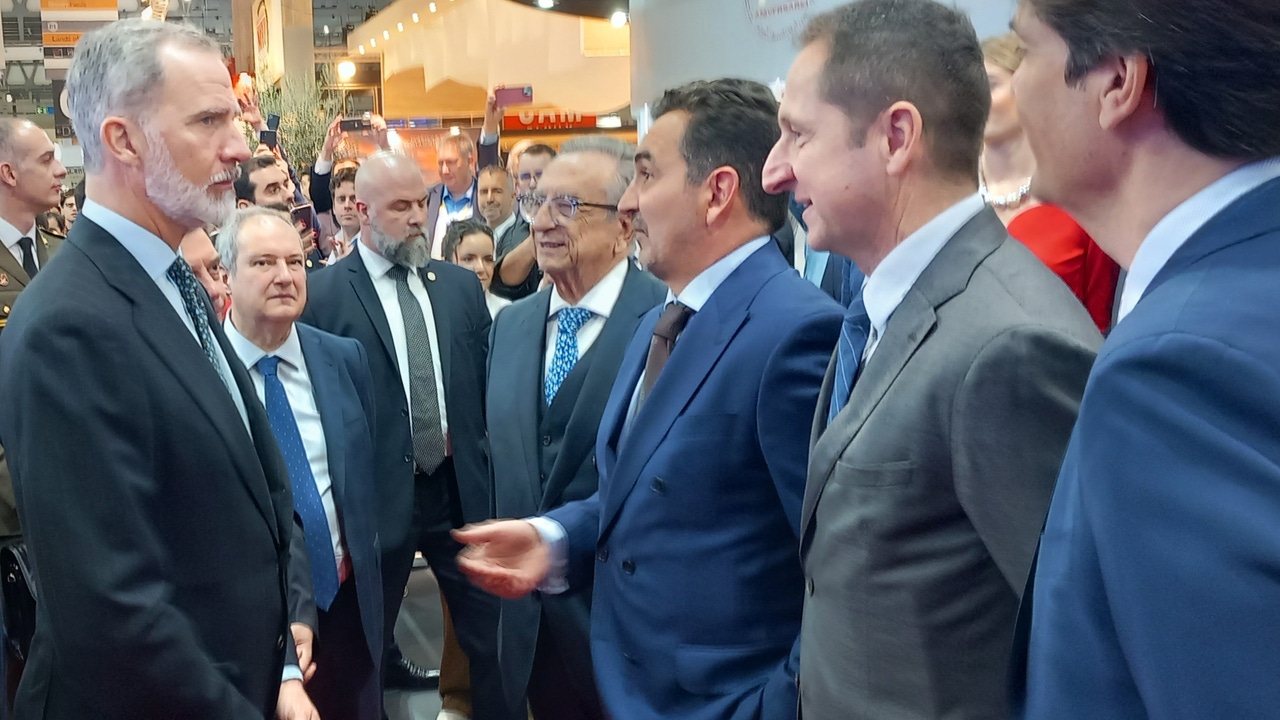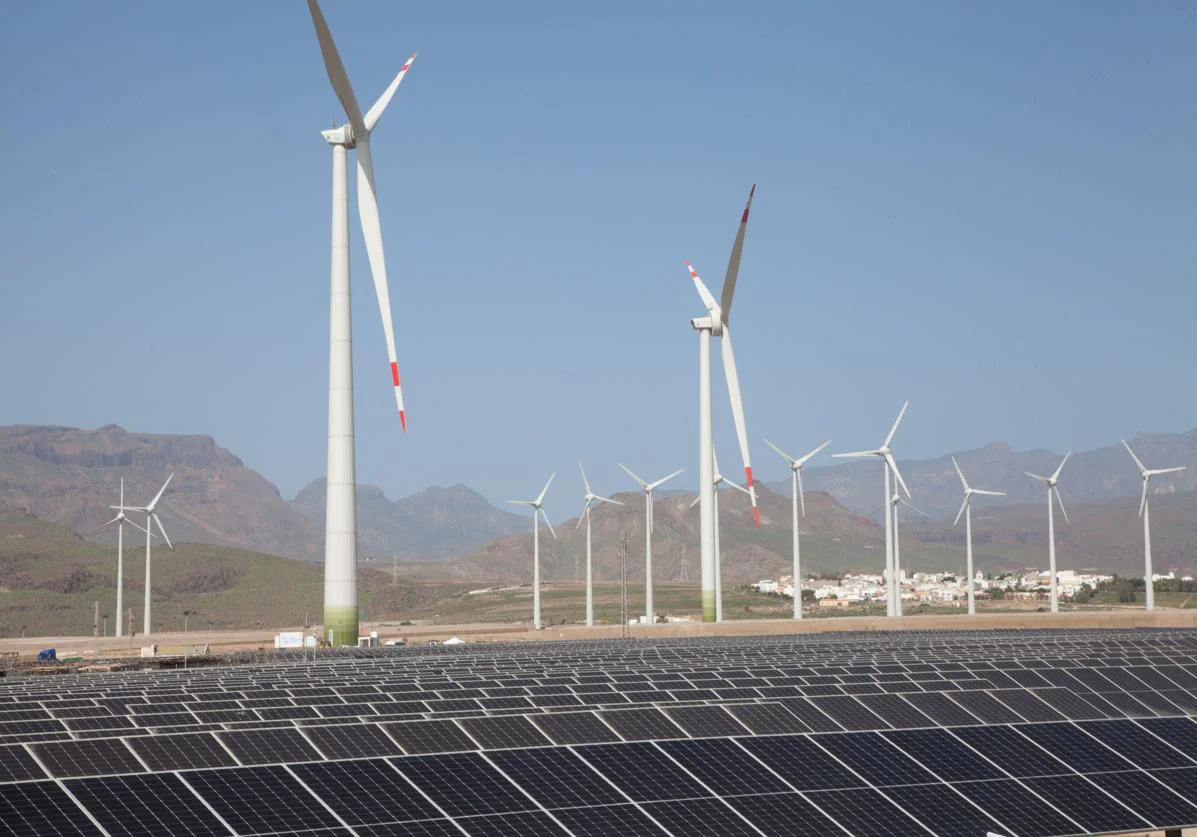Inflation: financial education and family wealth

Families need to have financial education to control their debt, optimize their income and investments and, ultimately, improve their standard of living
In a market economy, the prices of goods and services vary every year and this influences life and consumption habits. When prices rise in general and consistently, we enter a period of inflation. In other words, with each euro we buy fewer products.
Inflation gradually erodes the value of money and the standard of living of middle-income families. Changes in some prices matter more than in others. When calculating the average increase, we give more importance to the prices of the products that account for a large part of our expenses. They are energy, food and mortgages.
business cycles
In the last 30 years there have been three paradigmatic financial falls:
-The bursting of the real estate and financial bubble in Japan, which caused property prices to fall sharply (1989-1990).
-In 2000-2001, when the dotcom bubble burst. This term refers to the end of the period of growth of the economic values of the first technology companies at the beginning of the century.
-In 2008, due to the global collapse of the real estate sector after the bursting of the subprime bubble.
-What recessions teach us is that in them there is, for some, an opportunity for enrichment.
Active and pasive
An asset is a financial resource with a value that someone owns and that generates benefits over time. Assets can be bonds, mutual funds, stocks, real estate income, or intellectual property.
On the other hand, liability is an expense that does not generate money. They are the material goods and the daily expenses of social survival: cars, house as a residence, clothes.
People with high incomes borrow money from banks and invest it in assets. By contrast, middle-income people ask for money to buy liabilities and get into debt over time.
financial intelligence
The rich buy assets, the poor only have expenses, and the middle class buys liabilities thinking they are assets. To improve their financial plan, families must develop their financial intelligence. Most people do not have a basic financial education, and this is a fundamental subject that should be included in the European educational system.
This family will live with the following cash flow and payment priorities: 1, 2, 3, and finally, if any, 4. An optimal financial plan should follow the payment order of 1, 4, 2, and 3, giving priority to what generates money (assets) and not what remains (liabilities).
Keep in mind that there are several ways to feed the asset column to improve purchasing power. Let's take an example: we have a mortgaged apartment and we put it up for rent. Once the mortgage, property costs and taxes are paid, an investment return of a maximum of 3% of the total investment per year can be expected. It might seem like an interesting investment, but if there were another better positioned asset (stocks, for example) that gave more than 3% monthly with the same investment, then it would not be so interesting.
Flat investment 100,000 euros. 100,000 x (0.03) = 3,000 euros.
Investment shares 100,000 euros. 100,000 x (0.03 x 12 months) = 36,000 euros.
The point is that investing is risky when you don't know the subject. Investment capacity and knowledge of accounting, markets, supply and demand, and the law are needed. Hence the importance of financial education.
mortgage trends
Today, the conditions of access to real estate credit are less flexible than before the 2008 crisis. For this reason, the profile of a middle-class family with an indefinite contract is, due to its low risk, the ideal mortgage client taking into account, in addition to , which will pay interest for about 30 years.
In recent times there has been a change in the consumption of interest rates by borrowers. Clients prefer to hire a fixed interest rate. It may be more expensive at times but, with growing social, economic and political uncertainty, it allows you to avoid major risks throughout the life of the loan.
According to the INE, 72.7% of those who request a mortgage to pay for a home choose a fixed interest rate, compared to 27.3% who prefer the variable one. This results in an increase in long-term debt.
In 2021, the debt of middle-income families increased, thanks in part to lower interest rates. According to the INE, for the first quarter of 2021, 96,609 mortgages were signed.
But during the same quarter of 2022 record figures have been reached as a total of 116,100 mortgages were registered. Despite the fact that interest rates and terms have begun to rise, there has been an increase of 16.8% in the number of mortgages.
This scenario confirms the need for financial education so that families know how to control their debt, optimize their income and investments and, ultimately, improve their standard of living.
This article has been published in 'The Conversation'.












